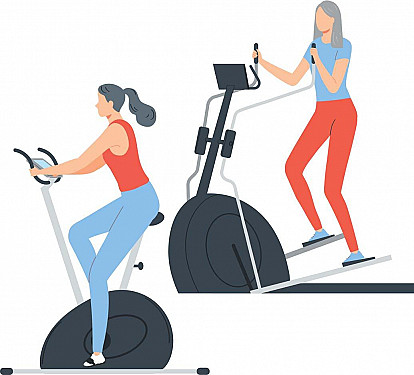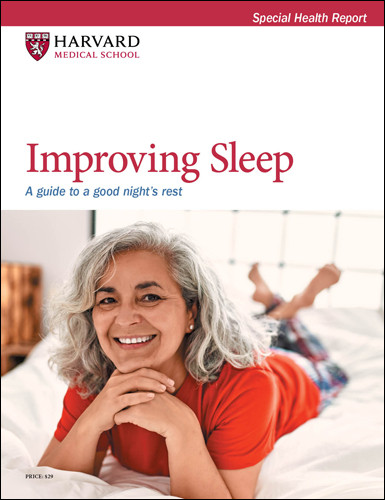Sedentary work may contribute to insomnia
Research we're watching
- Reviewed by Toni Golen, MD, Editor in Chief, Harvard Women's Health Watch; Editorial Advisory Board Member, Harvard Health Publishing; Contributor

People with sedentary jobs — an estimated 80% of the workforce — have a much higher risk of experiencing insomnia compared with people who are active at work, according to a study published online Jan. 7, 2025, by the Journal of Occupational Health Psychology.
Researchers surveyed nearly 1,300 people twice over a 10-year span, inquiring about their job schedules and physical activity levels while at work. They also asked about participants' sleep habits, identifying three sleep health categories: good sleepers, catch-up sleepers, and insomnia-like sleepers. Compared with active work, sedentary work was 37% likelier to lead to a variety of insomnia symptoms such as difficulty falling asleep, interrupted sleep, and frequent daytime tiredness. The findings also indicated that workers who fall into a pattern of poor sleep due to their job design can end up stuck in such unhealthy patterns for many years. Insomnia-like sleepers, for example, reported their symptoms persisted 10 years later, at the end of the study.
People with sedentary jobs who move their bodies during the workday can help protect themselves against developing longstanding sleep problems, study authors said.
Image: © Oleg Breslavtsev/Getty Images
About the Author

Maureen Salamon, Executive Editor, Harvard Women's Health Watch
About the Reviewer

Toni Golen, MD, Editor in Chief, Harvard Women's Health Watch; Editorial Advisory Board Member, Harvard Health Publishing; Contributor
Disclaimer:
As a service to our readers, Harvard Health Publishing provides access to our library of archived content. Please note the date of last review or update on all articles.
No content on this site, regardless of date, should ever be used as a substitute for direct medical advice from your doctor or other qualified clinician.
















